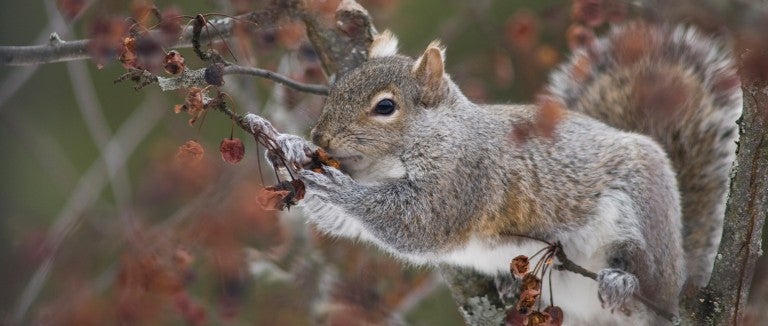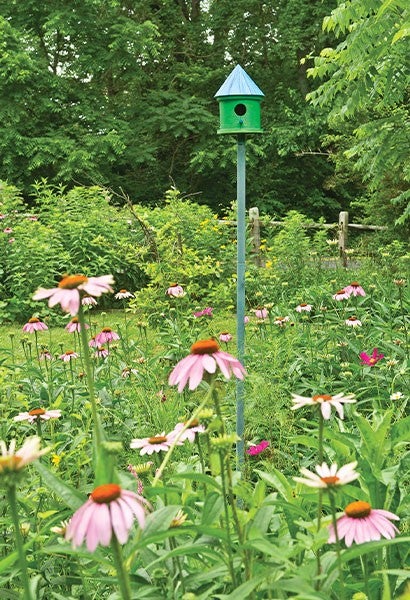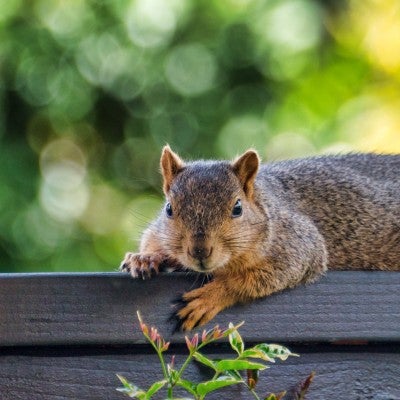Every day, more and more wildlife habitat is lost to the spread of development. Give a little back by building your own humane backyard!
It doesn't matter whether you have a small apartment balcony, a townhouse with a sliver of ground, a suburban yard, a sprawling corporate property or a community park. You can make any outdoor space into a safe place for wildlife, people and pets to coexist.
To get started, check out our tips (you might already have some of the basics down):
5. Shrink your lawn a little
If you can, stop mowing part of your lawn; it’s less work for you (and a better habitat for wildlife).
6. Build a brush pile
Turn leaves, tree limbs, and other yard debris into a simple brush pile to provide extra shelter for wild animals.
7. Be a friend to bees
As pollinators, bees are vital to farms and gardens, but their numbers are on the decline. You can help by providing safe, healthy habitat for bees. No need to fear bees—leave them alone and they’ll leave you alone too!
8. Put up a bat house
Bats pollinate plants, disperse seeds and help keep the insect population in check. Return the favor by giving them a safe place to roost.
9. Make your swimming pool safe
Backyard pools can be deadly for wildlife. Take a few precautions to make your pool safer for wild animals.
10. Help out bugs (they’re animals too!)
Insects make up 70% of the animal kingdom and most of them are harmless or even helpful! Attract beneficial insects to your yard, garden or park and look for eco- and animal-friendly approaches to insect control.
11. Keep cats inside
Keep your cat(s) indoors for their own safety as well as that of wildlife.
12. Change with the seasons
As cold weather approaches, let leaves remain where they fall (or rake them under trees and bushes) to create habitat for insects. Also leave dead flowers and plant stalks when possible: Seedheads provide food for birds, while insects may overwinter in hollow stalks.
During spring cleaning of your chimney, attic and home, look for wild families—and be sure to hire a humane wildlife control company if necessary. Always walk around your lawn before mowing to check for wild animals, especially turtles and baby rabbits.
13. Find humane solutions to any wildlife problems
Birds, bats, and squirrels outdoors are great—not so much when they’re living in your attic. We have effective, humane solutions to any wildlife problems you might encounter.


